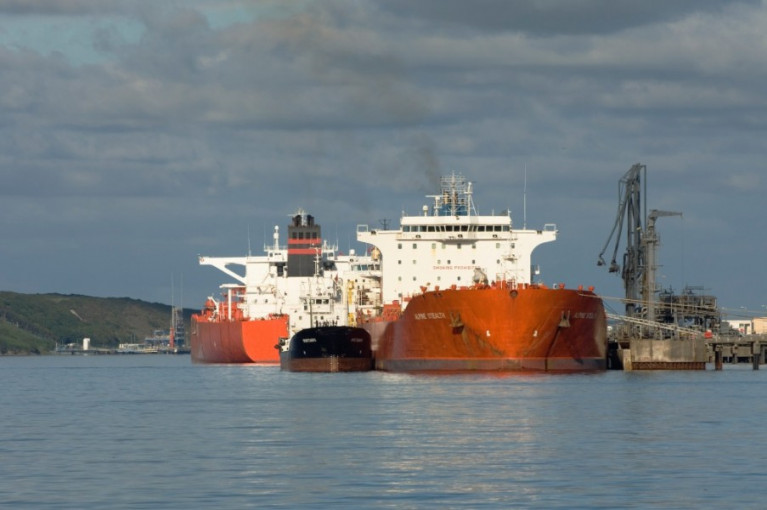Displaying items by tag: 'Freeport' Status
Post-Brexit Sees Dozens of UK Ports Apply for 'Freeport' Status
In the UK numerous ports, port groups and ports and logistics consortia appear to have applied for freeport status by last Friday’s deadline set for England by the UK government.
This according to LloydsLoadingList, was to enable applicants seek to attract the associated benefits including investment funding, customs free zone flexibility, and other tax incentives.
The expectation is that as many as 40 ports, port clusters and even airports may have submitted proposals, including some of the biggest names in the UK ports sector, including Dover, Southampton, Felixstowe/Harwich, London Gateway/Tilbury, Hull, Port of Tyne, Teesport, Bristol, Milford Haven and Grangemouth.
The benefits for those that are successful in their bids to gain freeport status include favourable customs duties and processing, suspension of VAT, business rates relief, zero national insurance contributions, enhanced capital allowances, simplified planning and development rules and stamp duty reliefs, Lloyd’s List highlights.
Various ports groups have confirmed they have submitted applications, including a joint application by London Gateway, Tilbury and Ford Dagenham, where the carmaker has an engine plant. The FT reports that at least two UK airports, East Midlands, and Bournemouth International – which has teamed up with nearby port of Poole — may also have bid.
Although Brexit supporters have long championed freeports as a benefit of leaving the EU, critics have pointed out that the UK had several freeports while it was within the EU and had eliminated them in 2012 under a previous Conservative-led coalition government. Others have argued that EU membership provided all of the benefits of freeports and much more, which was why they fell out of favour in the UK.
For much more including Post-Brexit customs and trading complications click this link.





























































